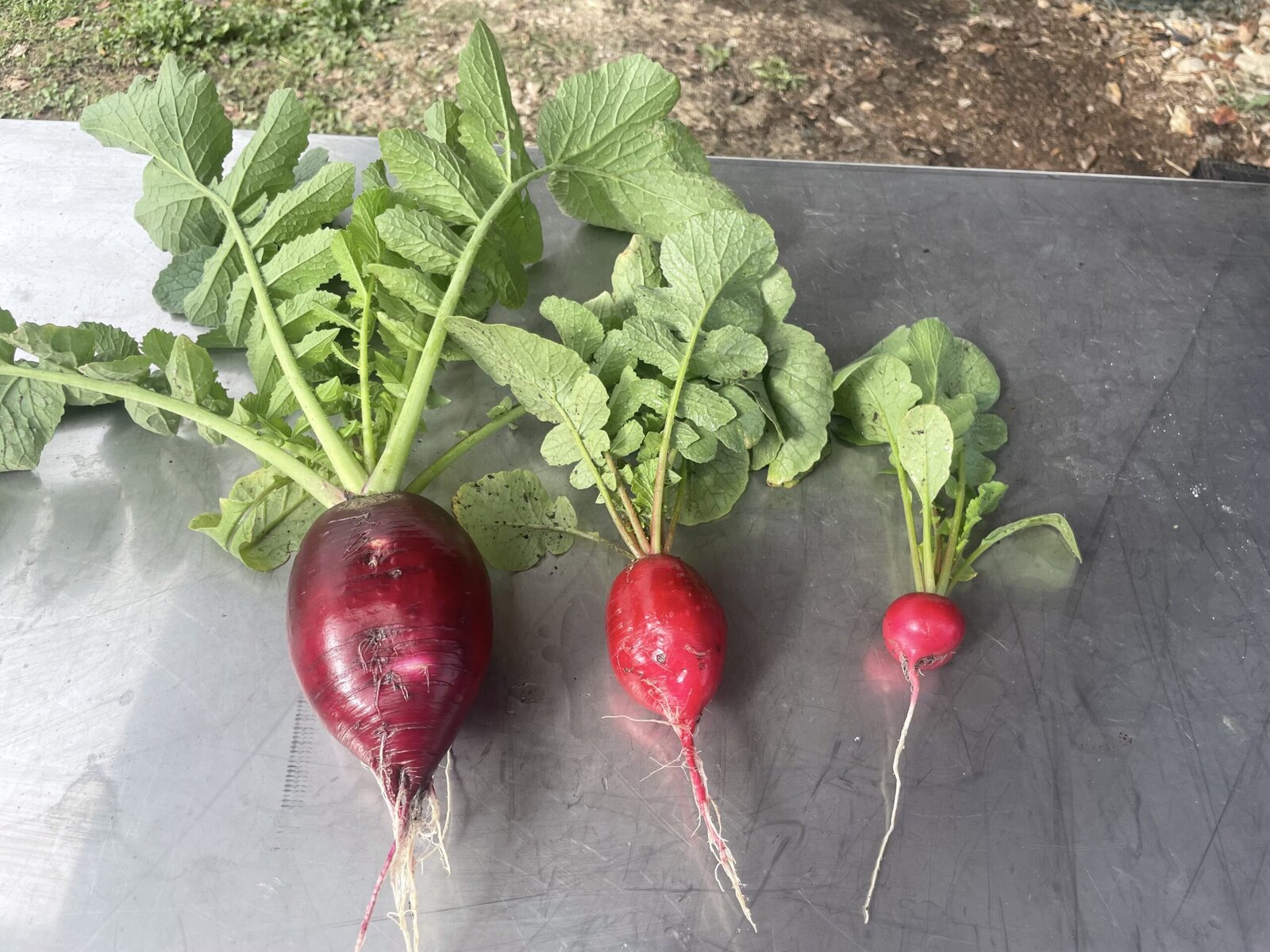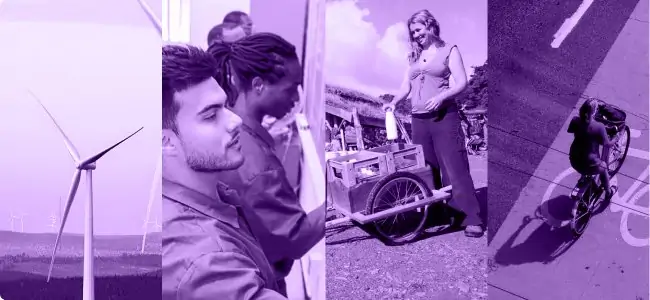
The Urban Farms Helping Save a City’s Aging Sewer System
At times, the farm has invited members of the wider community to take food. Many people in the neighborhood are homeless, and struggle with addiction or mental illness.
Washington says that giving away food to vulnerable residents has been invaluable: “It fed people that would otherwise not have been able to eat.”
This part of St. Louis, she explains, is a food desert. Without a car, residents need to take two buses to get to a grocery store.
Growing food at the farm introduces community members to foods they have never tried before, says Jubilee’s Krumsieg. “It opens up a new world of food that is absolutely healthy for you and tastes great too.”
Beyond reducing the need for the farm to use municipal water, and lowering the water bill, Krumsieg has noticed that less water pools in the alley by the church during heavy rain. However, the system, he says, is probably over-designed. The cistern has never filled to capacity, so potentially could take on water from other roofs nearby.
For Jubilee, the biggest challenge is manpower. Maintaining the farm takes a lot of work — prepping and planting each spring, weeding and mowing, harvesting summer crops, then planting again for the fall. Early on, Washington says, the church had lots of help from school groups and other community partners, but volunteers dropped off during the pandemic and haven’t rebounded.
“Our farm could produce enough to support a full time person and a couple of part time people, but we need those people identified and need a capital base to start with,” says Krumsieg.
Implementing stormwater programs in cities is challenging, says Rob Hunt, director of resilient waters for The Nature Conservancy in Missouri. Projects that work with farmers in rural areas can impact thousands of acres. But in cities, where there’s a dense mosaic of landowners and interests, it can be hard to get uptake on a large scale for stormwater projects.
Ultimately, individual projects — like cisterns and rain barrels — have a small impact on stormwater quality. Collectively, however, they add up.
Beyond improving water quality, green infrastructure projects can be a boon for the people who live in the communities around them and who get to enjoy natural spaces, shadier streets and cleaner air.
One of the main benefits of projects like Jubilee Oasis Farms, according to Hunt, is that it shows what can be achieved when stormwater quality initiatives are paired with efforts to address other social and environmental challenges.
“It’s good to see these sorts of projects to know what’s possible,” Hunt says.
Scrolling photos courtesy of Andy Krumsieg / Jubilee Community Church.







